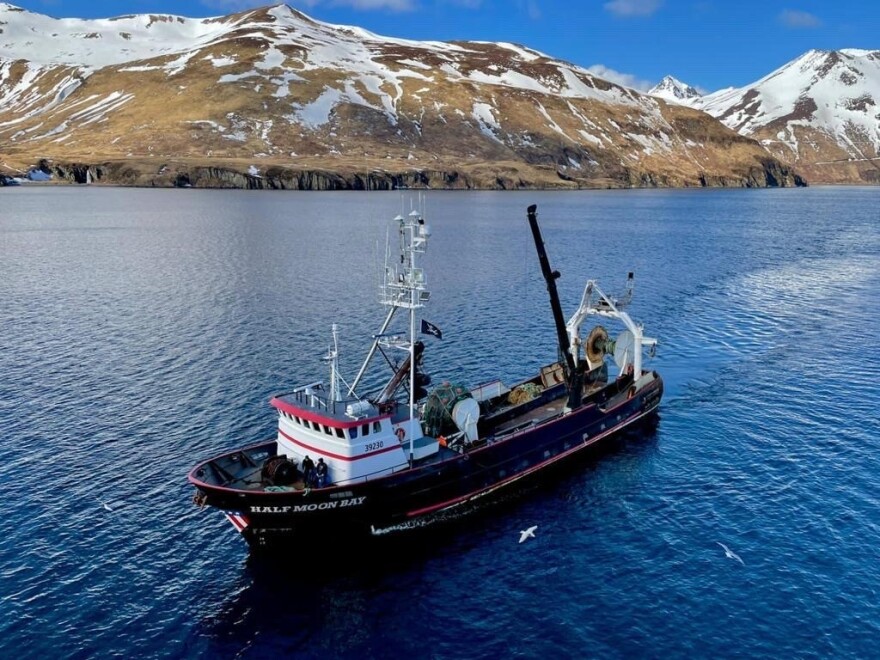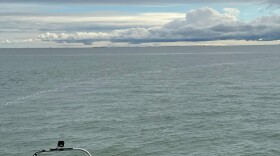Last week, there were several days of relatively low catches at the Port Moller Test Fishery. The test fishery reported the fourth consecutive day of low catch indices for this time of year on June 30.
Compared to historic numbers, a four-day streak of low indices breaks from the pattern of large runs like this year’s 75-million-fish forecast. Usually, the test fishery’s indices run a week ahead of the Nushagak District. So it stands to reason to expect fishing to slow down this week.
Since Friday, the lowest single-day harvest in the Nushagak District was 892,000. The other harvests were at over 1 million sockeye. Area Management Biologist Tim Sands says he isn’t sure why the commercial catches continue to be this high.
“Everybody suggested that we would have seen a slowdown, at least by the fourth and it hasn’t really slowed down," he said. "That only points to somehow the fish went by (Port) Moller without being seen.”
Sands says it’s also possible that there’s a greater delay between Port Moller and the Nushagak District.
“Either somehow they missed the fish at Port Moller or there’s a much longer run timing between Moller and here,” he said.
Windy conditions may also have played a role in the test fishery’s results. A storm passed through the region last week and Sands suspects that might skew indices.
“I thought that maybe somehow that wind scattered the fish and may have disrupted the normal migration such that it took a few days for it to get back to normal,” Sands said.
Biologists and managers don’t really know how wind and storms affect migration; until recent years, technicians were unable to fish in extreme conditions.
“Now they have the equipment that they can pretty much fish any weather and figure out what the fish are doing," he said. "It might be a while before we can piece together, that on a really windy day, you’re just not going to catch much fish or something else like that.”
However in Sands’ 20 years as the westside area management biologist, he says he hasn’t seen this big of a discrepancy between the test fishery and actual catch.
“Not like this, not with that big gap there, that really had everybody scratching their head," he said. "But there’s been past years where we just wouldn’t have fished on a windy day like that so we don’t know what difference that makes.”
Cumulative harvest for the Nushagak District is now 14.1 million fish as the total run nears 20 million sockeye.
Contact the author at Brian@kdlg.org or call (907) 842-2200.



